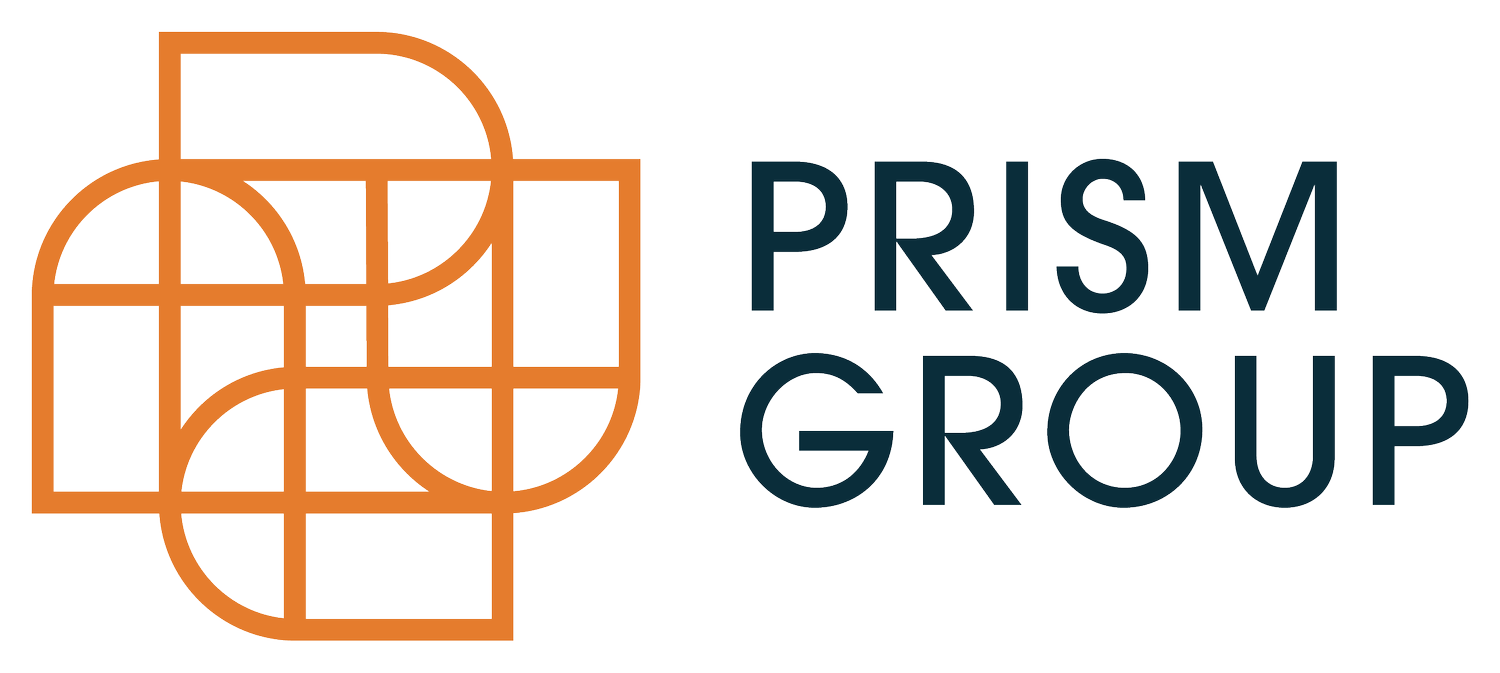Up to Speed on LEED
The United States Green Building Council's (USGBC) LEED for Homes is one of the backbones of the green home industry, and this year the rating system is undergoing some tweaks to make it more rigorous. USGBC's Kelsey Mullen, director of residential business development, and Asa Foss, LEED Homes manager of technical development, walked newbies through LEED and refreshed the knowledge of those with LEED experience during the GRC's March 2013 Webinar.
They outlined the upcoming changes and the accompanying benefits that soon will roll out.
Mullen started by running through some basics, including:
• Who is USGBC? • What is LEED? • The ‘what and why’ of LEED for Homes. • How LEED for Homes works.
LEED 101
Kelsey said, "It's really meant to be a nutrition label for buildings." He offered a bit of a 101 on LEED, including:
• LEED benefits--Among them are better IAQ, increased comfort, water conservation, lower operating and maintenance costs, and greater durability.
• Program scope--LEED for Homes covers single family, low rise multi-family projects, single-family production homes, gut rehabs, and mid-rise pilot projects. "Many projects are also affordable housing and there's a pathway for existing homes," commented Mullen. "LEED is not cost-prohibitive. With good planning, LEED certification can be very affordable."
• Rigorous standards--Homes are subjected to rigorous, third-party testing, giving buyers a sense of confidence about what they're buying. "A green rater confirms that a home has met rigorous standards through performance tests to verify as-built--not as-designed--homes," pointed out Mullen. "It's not the builder and not USGBC, but independent licensees doing the inspections," he added.
LEED's popularity
There are now more than 100,000 LEED for Home registrations, and that figure includes 81,841 multi-family units, 15,669 single-family properties, and 35,214 affordable units.
"We're expecting that number to continue to climb," commented Mullen. "There's been major adoption in Ohio, New Mexico, and in other places, creating a lot of traction in markets you'd not expect."
LEED has also made its way into the mainstream culture. As evidence of that, Mullen flashed a slide from the show, "The Simpsons," that mentioned LEED.
Next step
A new version of LEED, LEED v4, is now in the works that should launch soon.
Making changes, which happens about every three years or so, is an exhaustive consensus-based process. It entails comment and examination components, discussion among members, technical advisors, working groups, and others, and it all wraps up with a member balloting process.
The goal is to raise the bar with each iteration, according to Foss. "The biggest change is that we're updating to Energy Star for Homes Version 3. It's substantially more stringent than the previous version," he said.
Foss outlined some key changes to anticipate, and here are four.
1. Combined point floor in energy and location section. "It's a way to say that a building's location is very important in the overall environmental footprint of the occupant of that building," comments Foss. Where people choose to live becomes very important.
2. New energy metric. "We're trying to focus more on energy consumption and not necessarily on energy efficiency," said Foss. How much energy is a building using in a year?
"We want to reward buildings that use less and encourage others to find a way to use less. So not just component upgrades--better windows or insulation-- but we're also trying to focus on design changes," he says.
Examples of design changes that affect total energy performance include building smaller buildings and reducing window areas.
3. Water use. Changes entail total water usage, so projects get a water budget. "You can use this amount, and the less you use, the greater reward your project receives," explained Foss.
4. Compartmentalization in multi-family buildings. It minimizes the connection not just to the outdoors, but also to neighboring spaces. It seals off leaks --air, smoke, and sound, for example--from one unit to another.
Read more at the U.S. Green Building Council's website.
